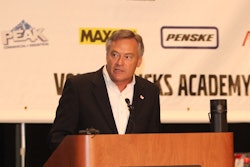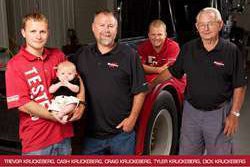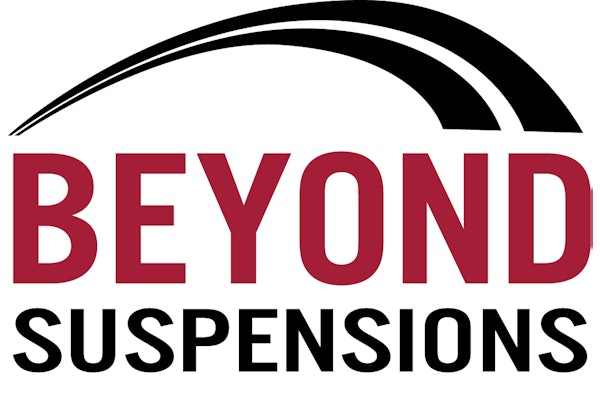Every New Product Will Not Earn a Hockey Stick!
The drive to innovate actually has a lot to do with the past. The ‘old guys’ stories of striving and failing then succeeding are often inspiration, as we spend hours dreaming up new products and distribution models that will change our world.
We worship success. Supplier or distributor, our business plans uniformly forecast a “hockey stick” growth trajectory that any new venture investor will tell you is so typical that it could almost be a clip-art model.
We universally assume that our aftermarket innovation will be so compelling that (after a few free trials and sample inventories of course) the world will basically beat a path to our door. We just expect that with the right plan, the right resource, a sprinkling of ‘magic Internet dust’ and the right team, we will be fantastically successful.
Wouldn’t life be so much simpler if heavy-duty parts distribution really worked that way?
Our top business leaders love to offer up the secret of their success. Consulting gurus present their success models to HDAW. Our investors tell us their stories of what worked for them and how we should manage based on their experiences.
Amazingly, well over half of new products and services still fail! Way more fail to meet initial expectations.
Could it be that we’re looking in the wrong direction for success? Might we be afraid to look failure in the eye because it reminds us of just how probable such an outcome is?
Perhaps we’re just so bound to “positive thinking” that we just cannot envision a failure scenario. Or we may fear ourselves turning into that person we all know who is always seeing the downside, never envisioning success and constantly reminding us why success is improbable.
Here’s a heretical suggestion — spend a little more time studying failure.
What didn’t work in our past experiences? What great plans didn’t achieve results? Why?
To start positively thinking about failure, a process is necessary… if only to provide some psychological distance from former train wrecks. A number of operational activities must be aligned for any new successful business launch to occur:
First frame the question, not the answer!
- Fact-Finding & Insight – Take the time and effort to plan (as unemotionally as possible) with real data, then to apply a completely open thought process to understand what the facts are telling us.
- Strategy & Organization – Make sure the structure is compatible with the strategy (and visa-versa).
- Resource Alignment – Create deep understanding in the organization about expectations… a uniform culture of pushing the envelope.
- Measurement & Accountability – Define responsibilities with specific, measurable, realistic and time sensitive goals.
At each step there are infinite modes of failure. But as you think through your own experiences, try and be specific and honest with yourself about not just what worked, but what didn’t work.
One failure mode seems to come up so often that it bears special mention right away. These setbacks have little to do with a plan or process, but instead are rooted in human behavioral issues that almost guarantee implementation failure.
Machiavelli said “change has no constituency.”
Mismatching company structure with strategy occurs because organizations are designed according to the old strategy, while new product lines or businesses that need different organizational models get injected into the already fixed mix.
Typical examples might include:
- A traditional hand tool company introducing a new software based line
- A bar coding supplier introduces RFID
- The retail firm introducing a new commercial customer service
- A wholesaler dabbles in retail.
This mismatch occurs frequently when a company acquires a competitive or complimentary business with a slightly different strategy (and attendant different market understanding).
Unless the organization structure is appropriately defined to support the required changes, the corporate ‘antibodies’ in the current organization start to resist the new changes.
This can be very subtle. The new strategy requires behavior that is different than the norm and is just too radical for some in the existing organization to support. The old organization structure reinforces the old strategy and the organization continues to focus on the status quo behavior.
The behavior rapidly turns into a culture where truth is the first casualty. Representations will rarely reflect actual intentions, while strategic alignment becomes non-existent. The disease of consensual hallucination progresses.
What is deeply debilitating about this scenario is that no strategy, operations plan or process can solve the problem. Cliques form, internal and unhealthy competition thrives.
These examples are painful to think about. But it’s only by honestly evaluating past failures that you can avoid them in the future.
If you are lucky enough to have never failed at anything — congratulations! Most successes in the aftermarket in the past twenty years have been the product of a team led by someone who has failed, rebounded and learned from the experience … bless those ‘old guys.’
Bill Wade is a partner at Wade & Partners and a heavy-duty aftermarket veteran. He is the author of Aftermarket Innovations. He can be reached at [email protected].











